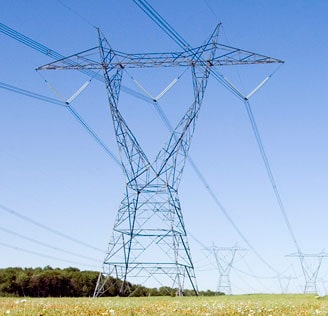Alberta’s weighted average Power Pool price for September is currently $82.80/MWh. In comparison to August’s month-end price of $85.54/MWh, this is a decrease of $2.74/MWh or 3.2%. There was very minimal market activity to start the month, with prices averaging $52.24/MWh over the first six days. As a result of the past two days of volatility, which spiked prices to an average of $172.82/MWh, month-to-date Power Pool prices have increased. Causes for the instability include a decrease in renewable generation and the transition from importing to exporting electricity from/to BC. Alberta’s year-to-date average electricity import is 329MW, relative to the export average of 103MW on September 8th. A net decrease of 432MW or 4.7% of supply relative to the daily demand had a direct impact on the market. Minimal generator outages limited volatility, however, as only Sundance 6 had intermittent outages on September 7th.
The weighted average Hourly Ontario Energy Price (HOEP) settled at 3.2¢/kWh for the first week of September, a decrease of 1.1¢/kWh or 26.2% compared to August’s settle. Both supply and demand levels have decreased by 13% and 15%, respectively, as the province heads toward its fall shoulder period. Natural gas-burning generation has seen a decrease of 77%, falling from August’s average 3,224MW contribution down to ~800MW. To counteract this decline, both wind and biofuel increased significantly, adding 400MW (+57%) and 21MW (+46%), respectively. With the first Global Adjustment estimated at 5.0¢/kWh and the first estimate recovery rate at 0.5¢/kWh, September’s total market price is currently 8.7¢/kWh.
In other electricity news, the Ontario Energy Board (OEB) has proposed a new RPP price-setting regimen that could mean an annual rate change for low-volume customers, as opposed to the semi-annual system currently in place. Additionally, the shift would allow the OEB to change rates on a more frequent basis, in response to changing market conditions should large variance account balances begin to accumulate. If adopted, the new RPP regimen would be incorporated at the next planned rate change of November 1st, 2021, taking effect annually. The current semi-annual change over in time-of-use (TOU) hours, as well as two-tiered RPP threshold periods, will be unaffected.
– Mark Ljuckanov, Energy Advisor / Ryan Cosgrove, Energy Data Analyst








Add comment